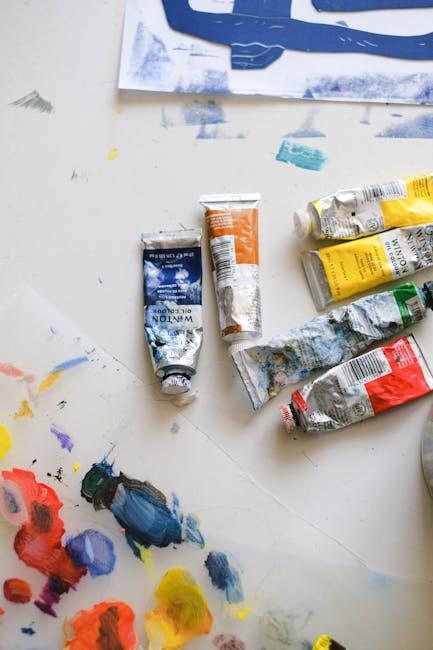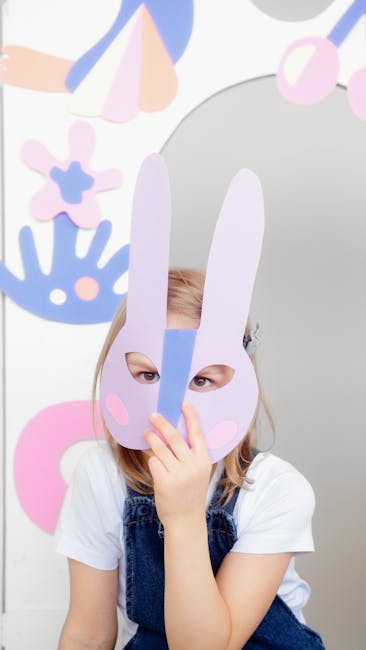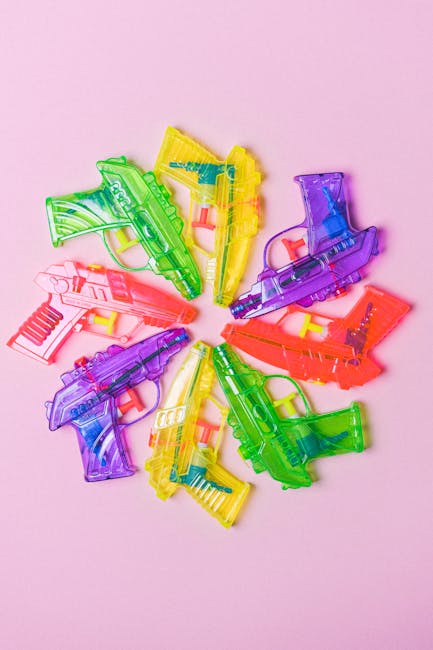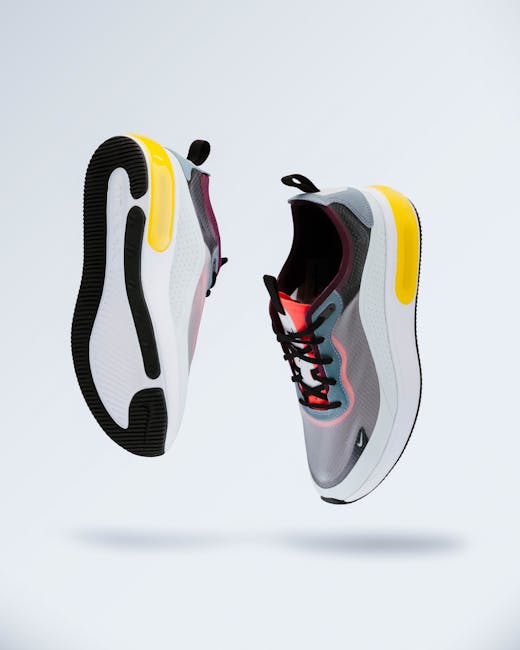
Welcome to the colorful world of color-in-logo-psychology/” title=”The Power of Color in Logo Psychology”>logo psychology, where red doesn’t just mean stop and green doesn’t just mean go – it’s a whole lot more than that! Just like picking the right outfit for a first date, choosing the perfect hues for your brand‘s logo can make or break your image. So buckle up, folks, because we’re about to unlock the hidden powers of color in the world of branding. Get ready to paint the town red (or whatever color suits your fancy) with your logo!
Understanding the Psychology of Color in Logos
Ever wonder why McDonald’s chose red and yellow for their logo? Or why Starbucks went with green? Color psychology in logos can make a big impact on consumers without them even realizing it. Here’s a breakdown of how different colors can affect our perceptions:
Red: This color is associated with energy, excitement, and urgency. It can grab attention and stimulate appetite, which is why fast food chains love it. But be careful – too much red can also symbolize danger or anger.
Blue: Considered one of the most trustworthy colors, blue is often used by tech companies and financial institutions. It represents stability, trust, and professionalism. Just don’t go overboard, or your logo might come off as cold and unemotional.
Green: The color of growth, health, and tranquility. This color is often used by eco-friendly companies or brands promoting wellness. It can also symbolize money and wealth, making it a popular choice for financial institutions.

Choosing the Right Color Palette for Your Brand
When it comes to choosing the perfect color palette for your brand, it’s not just about picking your favorite colors or those that are currently trending. You want to make sure that the colors you choose reflect the personality and values of your brand. Here are a few tips on how to choose the right color palette:
First, consider the emotions you want your brand to evoke. Do you want to convey trust and reliability? Go for blue. Want to exude energy and excitement? Think red or orange. Remember, colors have their own language, so choose wisely! In the world of branding, every color has a meaning – even beige!
Second, think about your target audience. Different colors appeal to different demographics, so it’s key to consider who your ideal customers are. Are you targeting young, trendy millennials? Opt for bold, bright colors. Looking to attract a more sophisticated crowd? Stick to classic, elegant hues like black and gold.
Lastly, don’t forget about the power of contrast. A good color palette should include a mix of contrasting colors that complement each other. Think about creating a balance between light and dark shades, warm and cool tones, and bright and muted colors. Remember, a little contrast goes a long way in catching the eye of your audience.

Harnessing the Emotional Impact of Colors in Logo Design
When it comes to logo design, colors play a crucial role in evoking emotions and conveying messages to the audience. By harnessing the emotional impact of colors, designers can create logos that resonate with consumers on a deeper level.
Here are some ways to use colors effectively in logo design:
- Red: This fiery hue is perfect for grabbing attention and conveying a sense of urgency. Use red in your logo to evoke feelings of excitement and passion.
- Blue: Calm, cool, and collected, blue is a great choice for logos that want to convey trust and reliability. It’s also the perfect color for brands in the tech industry.
- Yellow: Bright and cheerful, yellow is all about positivity and optimism. Use yellow in your logo to evoke feelings of happiness and warmth.
- Green: Symbolizing growth and harmony, green is the color of nature. Use green in your logo to convey a sense of balance and eco-friendliness.
So, next time you’re creating a logo, think about the emotional impact of colors and choose wisely. After all, a well-designed logo can leave a lasting impression on your audience and set your brand apart from the competition!

Utilizing Color Associations to Create Brand Identity
When it comes to creating brand identity, utilizing color associations can make a huge impact. Colors can evoke emotions, communicate messages, and establish a brand’s personality. By choosing colors wisely, brands can stand out from the competition and make a memorable impression on consumers.
Here are a few tips on how to effectively utilize color associations to create a strong brand identity:
- Think about your target audience: Consider the demographics and preferences of your target market when choosing colors for your brand. Different colors can appeal to different age groups, genders, and cultures.
- Consider the meaning of colors: Each color has its own unique associations and meanings. For example, blue is often associated with trust and reliability, while red can evoke feelings of excitement and passion. Choose colors that align with the values and message of your brand.
- Create a consistent color palette: Once you’ve chosen your brand colors, make sure to use them consistently across all your marketing materials, website, and products. This will help create a cohesive and recognizable brand identity.
By utilizing color associations effectively, brands can create a strong and memorable identity that resonates with consumers. So, don’t underestimate the power of color when it comes to building a successful brand!

Maximizing Brand Recognition Through Strategic Use of Colors
Colors play a crucial role in branding because they have the power to evoke emotions, create associations, and even influence purchasing decisions. By strategically choosing the right colors for your brand, you can maximize brand recognition and leave a lasting impression on your target audience.
When selecting colors for your brand, it’s important to consider the psychology behind each color. For example, red can convey passion and energy, while blue is often associated with trust and reliability. By understanding the meanings behind different colors, you can choose hues that align with your brand values and resonate with your customers.
Another way to maximize brand recognition through colors is by creating a consistent color palette that is used across all branding materials. Whether it’s your logo, website, packaging, or marketing materials, using the same colors will help reinforce brand recognition and make your brand more memorable.
Even something as simple as a color scheme can have a big impact on how your brand is perceived. By carefully selecting complementary colors that reflect your brand’s personality, you can create a cohesive and visually appealing brand identity that stands out from the competition. So, don’t be afraid to get creative with your color choices and watch as your brand recognition grows!
The Impact of Color on Consumer Perception and Behavior
When it comes to consumer behavior, color plays a much bigger role than you might think. The colors you choose for your branding can either make or break your business. Let’s take a closer look at how different colors can impact consumer perception and behavior.
First up, let’s talk about red. This bold and energetic color is often associated with passion, excitement, and urgency. It’s no wonder that many fast-food chains like McDonald’s and KFC use red in their branding to stimulate hunger and encourage customers to make quick decisions. So, next time you’re feeling hangry, blame it on the color red!
On the flip side, blue is known for its calming and trustworthy qualities. That’s why many banks and financial institutions use blue in their logos to instill a sense of security and reliability in their customers. But be careful – too much blue can also come off as cold and aloof, so use it wisely!
And let’s not forget about yellow. This cheerful and optimistic color is often associated with happiness and warmth. It’s no surprise that brands like IKEA and Best Buy use yellow to create a friendly and inviting atmosphere. Just be careful not to overdo it, or you might end up overwhelming your customers with too much sunshine!
FAQs
What is logo psychology and how does color play a role in it?
Logo psychology is the magical art of using design elements to manipulate people’s feelings and perceptions towards a brand. Color is like the wizard in this scenario – it can evoke emotions, create associations, and ultimately determine how your brand is perceived.
What colors should a brand use to convey trustworthiness?
If you want your brand to scream “Trust me, I’m a reliable companion in this crazy world,” go for blue. Blue is the color of trust, loyalty, and reliability. Just think about how many banks and tech companies use blue in their logos. It’s like the Clark Kent of colors – unassuming yet powerful.
How can a brand use color to stand out from the competition?
If you want to be the Beyoncé of your industry – bold, confident, and unapologetically fierce - you need to pick a color that screams “Look at me, I’m fabulous!” Think outside the box and choose a color that none of your competitors are using. Be the neon pink flamingo in a sea of dull pigeons.
Can color really influence purchasing decisions?
Absolutely! Color is like a sneaky little influencer whispering in your ear, nudging you towards that impulse purchase. Red can create a sense of urgency and excitement, making you throw caution to the wind and splurge on that must-have item. It’s like a siren song for your wallet.
Are there any colors to avoid in logo design?
Just as there are fashion faux pas, there are color crimes that you should never commit in logo design. For example, avoid using yellow if you want to convey sophistication and luxury. It’s like showing up at a black-tie event in a Hawaiian shirt – it just doesn’t work. And please, for the love of design gods, steer clear of Comic Sans. That’s a crime against humanity.
Color Me Impressed!
So, there you have it - the secret to unlocking the power of color in logo psychology. It’s amazing how something as simple as a splash of color can evoke such strong emotions and perceptions in consumers. Remember, when it comes to designing your logo, don’t be afraid to think outside the box and play with different hues. Trust us, it’ll be worth it in the end. Happy coloring!












